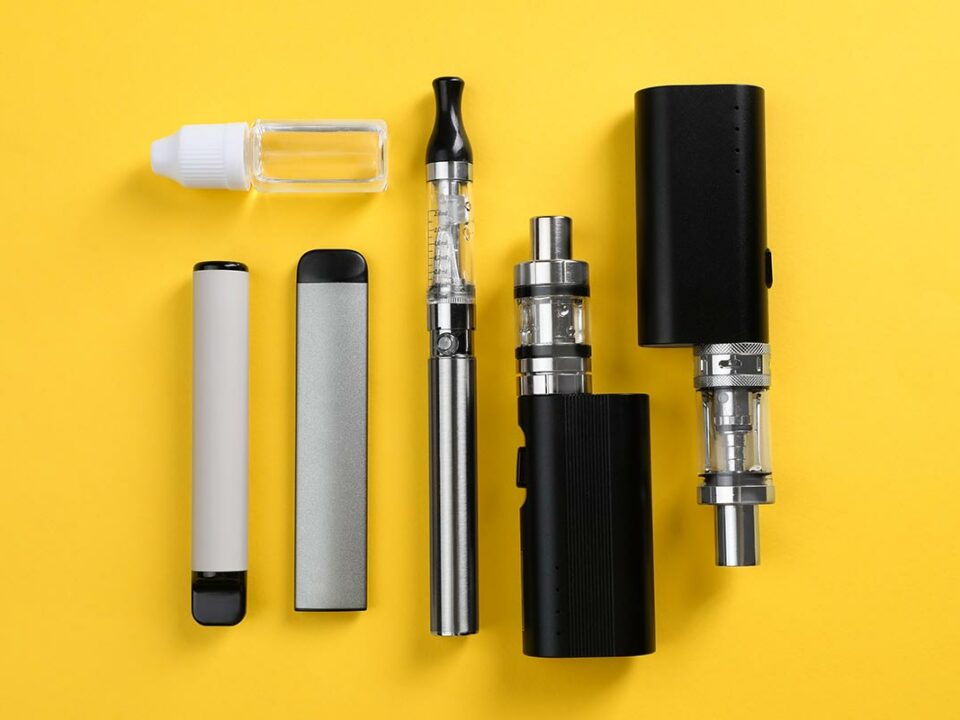In today’s fast-paced workplace, ensuring employee safety and productivity is a top priority. While traditional drug screening methods have long been used to maintain drug-free environments, employee drug impairment testing is emerging as a more effective and real-time alternative. This article explores the key differences between these two approaches and highlights why employee drug impairment testing is becoming increasingly vital in modern workplaces.
Understanding Traditional Drug Screening
Traditional drug screening methods typically involve urine, saliva, or hair tests to detect the presence of drugs in an employee’s system. These methods are designed to identify whether someone has used drugs within a certain window of time. However, one major limitation is that they do not measure actual impairment. A positive test result may only indicate past usage, not whether the employee is currently impaired on the job.
In contrast, employee drug impairment testing focuses on identifying real-time impairment, which is much more relevant when assessing an employee’s ability to perform their duties safely and effectively.
The Shift Toward Employee Drug Impairment Testing
More companies are turning to employee drug impairment testing to address the limitations of traditional testing. Instead of just detecting substances, this method evaluates an employee’s cognitive and physical functioning to determine if they are under the influence during working hours. By measuring behavioral indicators such as reaction time, attention, and decision-making ability, employee drug impairment testing offers a far more accurate snapshot of actual workplace risk.
Why Employee Drug Impairment Testing Matters
Workplace safety hinges on employees being alert, focused, and unimpaired. Here’s why employee drug impairment testing is critical:
- Real-time results: Unlike traditional screenings that can take days, employee drug impairment testing provides immediate insights.
- Objective data: Impairment testing relies on scientifically validated assessments to gauge cognitive and motor function.
- Fairer evaluations: Rather than penalizing employees for off-duty behavior, employee drug impairment testing identifies those who are genuinely a risk at work.
By shifting focus from drug presence to impairment, businesses can create safer and more just workplace environments.
Key Benefits of Employee Drug Impairment Testing
- Enhanced workplace safety
Employee drug impairment testing identifies impaired employees before they can cause accidents or errors. - Improved legal defensibility
Employers using employee drug impairment testing have clearer justification for disciplinary actions based on actual impairment. - Privacy-friendly
Employees may prefer employee drug impairment testing over invasive biological sample collection. - Supports a proactive culture
This method promotes wellness and accountability rather than punishment.
When to Use Employee Drug Impairment Testing
Organizations should consider implementing employee drug impairment testing in the following scenarios:
- After accidents or near misses
- When there is reasonable suspicion
- As part of routine fitness-for-duty programs
- During high-risk tasks or safety-sensitive roles
By integrating employee drug impairment testing into workplace policies, employers can proactively manage risk and support employee well-being.
Gaize: A Leader in Employee Drug Impairment Testing
At Gaize, we specialize in cutting-edge employee drug impairment testing solutions that empower organizations to detect impairment in real time. Our innovative technology uses eye movement and cognitive assessments to deliver instant, non-invasive results. By choosing employee drug impairment testing from Gaize, companies can stay ahead of safety risks without compromising employee privacy or morale.
Conclusion
While traditional drug screenings may still have a place in certain industries, they fall short when it comes to identifying current impairment. In contrast, employee drug impairment testing offers a dynamic and accurate way to ensure workplace safety. As the demand for real-time, fair, and science-backed testing grows, businesses that adopt employee drug impairment testing are better equipped to protect their people and their productivity.










Leave a Reply